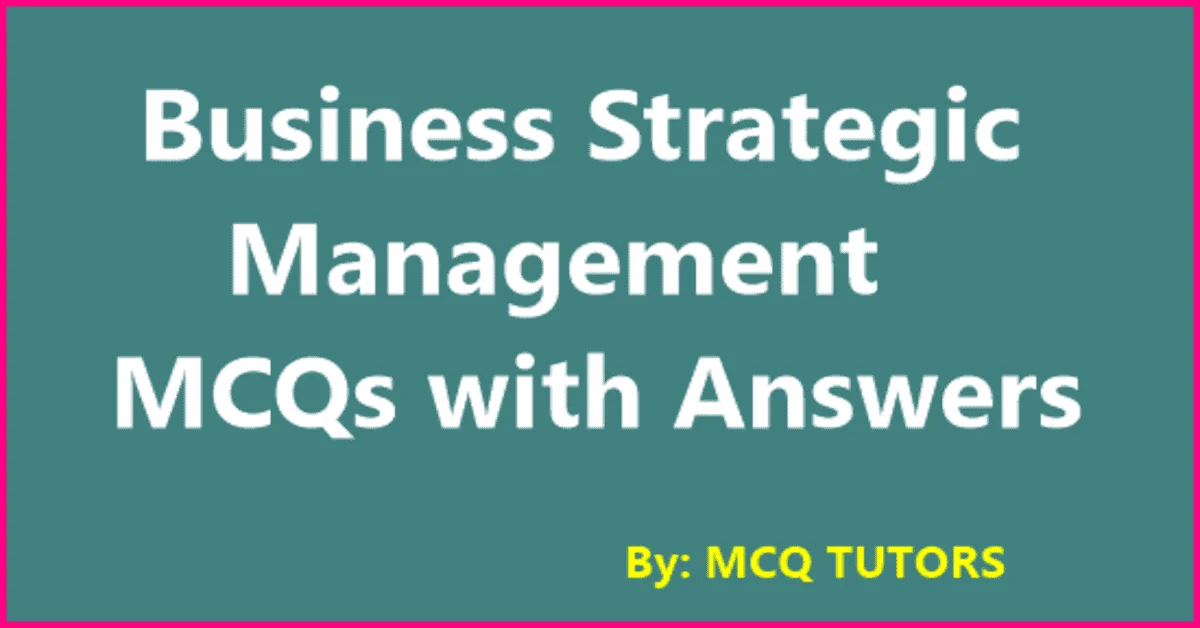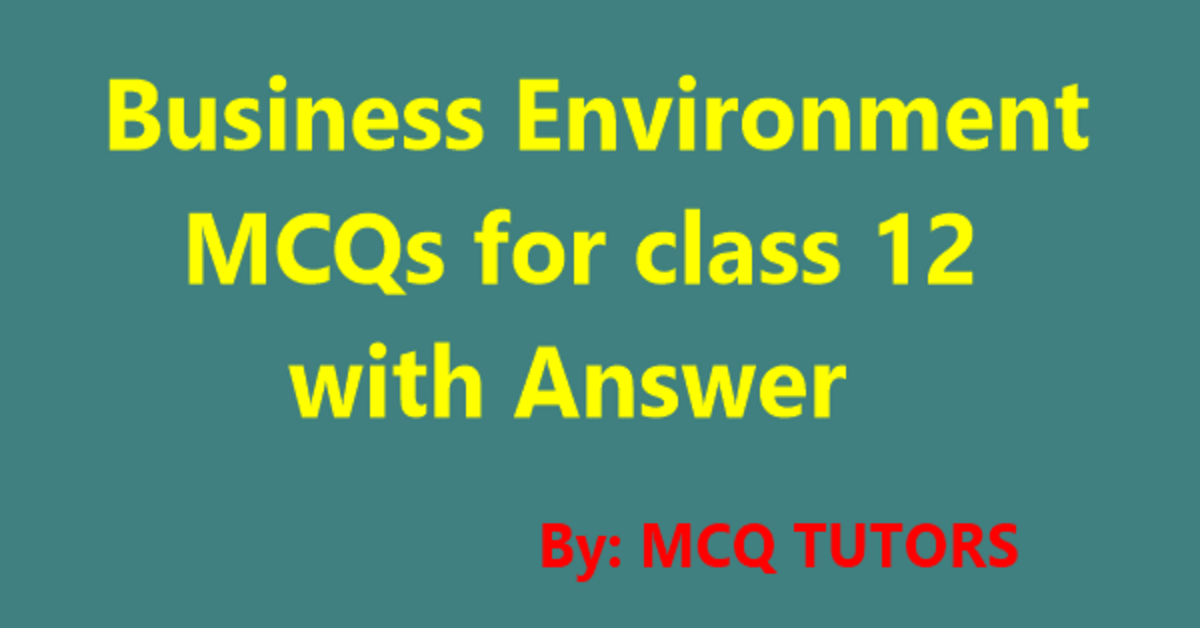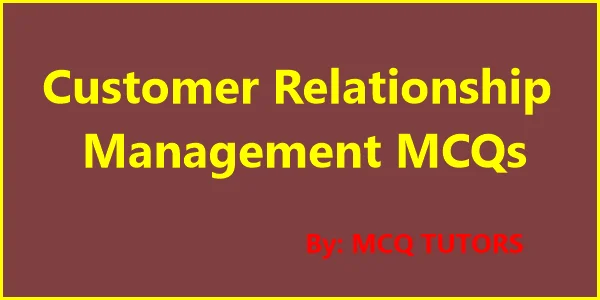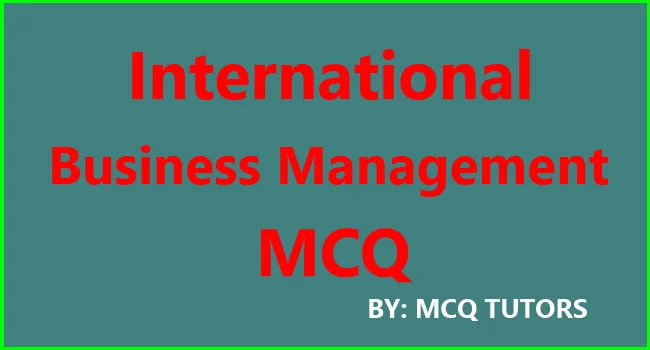Are you looking for comprehensive Quality Management System (QMS) questions and answers? This article provides a concise overview of QMS, along with a selection of relevant questions and answers in PDF format.
Quality management systems are an essential tool used by organizations to ensure that they provide consistent products or services that meet customers’ expectations.
With this article, readers will gain a better understanding of the principles of QMS, its components, and the importance of quality management.
Quality Management System questions and answers pdf
1. Which of the following are internal benefits of quality assurance?
a. Reduced unproductive time
b. Easier penetration into new markets
c. Meeting customer demand on time
d. Accepted international standard (ISO 9000 series)
Ans: a
2. Which of the following steps are parts of quality assurance process?
a. Ensuring that a reject is not being produced
b. Choosing a unit of measure
c. Setting a goal for the control subject
d. Creating a sensor
Ans: a
3. Which of the following is a benefit of TQM?
a. Quantity is consistent
b. Quality level is static
c. Improved employee morale
d. Reduced financial liability
Ans: c
4. In which of the following phases are causes identified to account for variations in the original goals and objectives and the actual result?
a. Plan
b. Do
c. Check
d. Act
Ans: d
5. Which of the following options come under Deming’s 14-point methodology?
a. Cease dependence on inspection
b. Transfer the process to operations
c. Philosophy of offline quality control
d. Use of seven statistical tools for quality control
Ans: a
6. ___ is a tool widely used by managers for root cause analysis.
a. Tally charts
b. Cause and Effect diagrams
c. Histograms
d. Scatter diagrams
Ans: b
7. Who defined strategy as “The direction planning for bringing the organisation from a given position to a desired position in a future period of time”?
a. Deming
b. Garvin
c. Glueck
d. Harold Koontz
Ans: d
8. On which of the following factors is a competitor’s assumptions based?
a. Order fulfilment
b. Growth rate
c. Past experience with a product or service
d. Demand management
Ans: c
9. Who defined quality policy as “The overall intentions and direction of an organisation related to quality as formally expressed by top management”?
a. ISO 9000:2000
b. ISO 9001:2008
c. BSl Standards
d. Glueck
Ans: a
10. Which of the following steps in handling customer complaints emphasis that the complaint should be assigned to one individual for proper handling?
a. Resolve the issue
b. Acknowledge complaints
c. Identify a location to receive complaints
d. Record and process the complaints
Ans: d
11. Which of the following will happen, if the quality of the product and the service is reasonable?
a. Customer will stay with the organisation.
b. Customer will stay with the organisation only if there are no alternatives
c. Customer will immediately desert it.
d. Potential competitors will identify this opportunity
Ans: a
12. Which of the following needs, when observed by the marketer, will win over the customers?
a. Unstated needs
b. Perceived needs
c. Real needs
d. Stated needs
Ans: a
13. Preventive cost arises from ___.
a. Quality management
b. Quality planning
c. Quality council
d. Quality control
Ans: b
14. The ___ are extremely high in modern model of total quality cost compared to the traditional model.
a. Failure cost
b. Appraisal cost
c. Hidden cost
d. Prevention costs
Ans: d
15. Which of the following is the second part of the Juran trilogy?
a. Refinement
b. Improvement
c. Control
d. Planning
Ans: c
16. ___ helps Six Sigma and lean Six Sigma process implementation in the organisation.
a. PDSA Cycle
b. Kaizen
c. Kick off the project
d. BPR
Ans: b
17. The success of ___ requires support from the top management, especially when resistance is detected.
a. Reengineering
b. Group-oriented Kaizen
c. PDSA cycle
d. Juran trilogy
Ans: a
18. Which of the following is the most useful measure to evaluate agricultural produce?
a. Land productivity
b. Space productivity
c. Labour productivity
d. Capital productivity
Ans: a
19. Which among the following stakeholders seek higher productivity for strengthening economic foundation of human well-being?
a. Management
b. Workers
c. Customer
d. Government
Ans: d
20. ___ refers to the extent of output produced by one unit of production input in a unit of time. a. Physical productivity
b. Economic productivity
c. Total factor productivity
d. Multifactor Productivity
Ans: a
21. Which of the following outsourcing type refers to the practice of hiring both the services of external vendors and internal parties?
a. Off-shoring
b. Near-shoring
c. Multi-shoring
d. Cloud-shoring
Ans: c
22. Which among the following method is used in vendor development?
a. Recommending vendors to other organisation
b. Providing required tools and equipments
c. Offering favourable terms of payment
d. Sharing the best practices
Ans: d
23. “Quality is fitness for use.” Which of the following ways of quality definitions is this definition categorised?
a. Product-based
b. Value-based
c. Manufacturing-based
d. Customer-based
Ans: d
24. A ___makes it easy to identify causes that have the greatest impact on a given outcome.
a. Check list
b. Pareto chart
c. Cause and Effect diagram
d. Scatter diagram
Ans: b
25. ___ is a graphical tool used to depict the relationship between two or more variables.
a. Scatter diagram
b. Cause and Effect diagram
c. Pareto diagram
d. Check sheet diagram
Ans: a
26. Which of the following types of histograms is an indication that assignable (special) cause variations are present in the process?
a. Plateau
b. Skewed
c. Normal or bell-shaped
d. Outliers
Ans: d
27. Which of the following sampling methods involve random selection of samples from a given population?
a. Cluster random sampling
b. Stratified random sampling
c. Simple random sampling
d. Probability based sampling
Ans: d
28. Which of the following is a control chart for variables?
a. Mean chart
b. p chart
c. np chart
d. c chart
Ans: a
29. Which of the following indices measures the processes ability to meet two-sided specification limits? a. Cp
b. Cpk
c. Cpu
d. Cpl
Ans: a
30. A ___ is aimed at evaluating if the QMS of the organisation meets the requirements.
a. Product audit
b. Process audit
c. System audit
d. Adequacy audit
Ans: c
31. The ISO standard stresses that organisations should adopt ___ to management.
a. Process approach
b. Factual approach
c. Systems approach
d. Continuous improvement approach
Ans: a
32. ___ provides guidelines that an organisation can use to establish a QMS focused on improving performance.
a. ISO 9001:2008
b. ISO 9001
c. ISO 9004
d. ISO 9000
Ans: c
33. At which stage of benchmarking, a time table should be prepared for the activities that would be scheduled properly which ensure smooth functioning of the process?
a. Stage 3
b. Stage 4
c. Stage 1
d. Stage 2
Ans: a
34. ___ identifies the best practices in companies which perform similar functions, irrespective of the type of industry.
a. Strategic benchmarking
b. Progress benchmarking
c. Performance benchmarking
d. Process benchmarking
Ans: d
35. The business philosophies emphasises on the concept of ___ to become market leaders.
a. Excellence
b. Innovation
c. Leadership
d. Customer satisfaction
Ans: b
36. The study of employee involvement can be better understood by understanding the ___ patterns of human beings.
a. Emotional
b. Functional
c. Motivational
d. Behavioural
Ans: c
37. ___ is one of the finest and best ways of enhancing employee involvement.
a. Improvement system
b. Evaluation system
c. Suggestion system
d. Measuring system
Ans: c
38. The Rajiv Gandhi National Quality Award was established in 1991 by the ___.
a. QCI
b. CII
c. BIS
d. ASQ
Ans: c
39. The ___ award is presented by the President of the United States every year.
a. MBNQA
b. Rajiv Gandhi National Quality Award
c. The Deming Prize
d. EFQM
Ans: a
40. Deming Prize criteria has three approaches known as ___ used in the examination process.
a. View points
b. Statistical methods
c. TQM techniques
d. Management practices
Ans: a
41. The purpose of having this team is to shift the problem solving responsibility to those employees on the shop floor who are close to the problem. Which is it?
a. Empowerment
b. Self managed work teams
c. Focus teams
d. Quality circles
Ans: d
42. Many quality awards provide framework and guidelines to implement ___within an organisation.
a. Empowerment
b. Employee involvement
c. Productivity
d. Quality programs
Ans: d
43. ___ comprise of people from other disciplines within the organisation.
a. Process Improvement teams
b. Strategic planning teams
c. Focus teams
d. Cross functional teams
Ans: c
44. Which of the following is also known as performance benchmarking?
a. Functional benchmarking
b. Excellent benchmarking
c. Highly efficient benchmarking
d. Operational benchmarking
Ans: d
45. Developing a participative work environment requires ___.
a. recruiting and retaining the talent pool
b. creating a work culture focused on human resource development
c. creating a flat organisational structure
d. frequent training
Ans: b
46. Which of the following sampling methods are based on selection of samples according to specific quotas set by the project team?
a. Cluster random sampling
b. Simple random sampling
c. Convenience based sampling method
d. Quota based sampling method
Ans: d
47. Which of the following are the leadership issues that the management must pursue in developing strategies for managing quality?
a. Conduct frequent management reviews
b. Duties of specific departments to ensure quality.
c. Outlines what the organisation wants to be in the future.
d. Ceasing dependence on mass inspection
Ans: d
48. ___ refers to procurement of parts and components from suppliers.
a. Outsourcing
b. Partnering
c. Sourcing
d. Pairing
Ans: c
49. ___ concentrates on the most important strategic issues and provides the momentum to keep up the progress and morale.
a. Management-oriented Kaizen
b. Group-oriented Kaizen
c. Individual-oriented Kaizen
d. Documentation of standard operating procedures
Ans: a
50. A typical process model consists of input, output, process, and ___.
a. Production process
b. Feedback loop
c. Productivity
d. Quality circles
Ans: b
You may download these MCQs from here
You may like MCQ on International Marketing Management
Conclusion
A Quality Management System is an important tool for any business or organization. It can help to ensure that the quality of products and services are consistent, as well as meeting customer expectations.
This article has provided helpful questions and answers about Quality Management Systems to guide you through the process of implementing one for your organization.
With these resources, you should now have a better understanding of the principles and benefits of Quality Management Systems.
Read More MCQs
- Visual Merchandise MCQs
- Business Intelligence and Tools MCQs
- Business Intelligence and Analytics MCQs
- MCQ on advertising and sales promotion in Pdf




